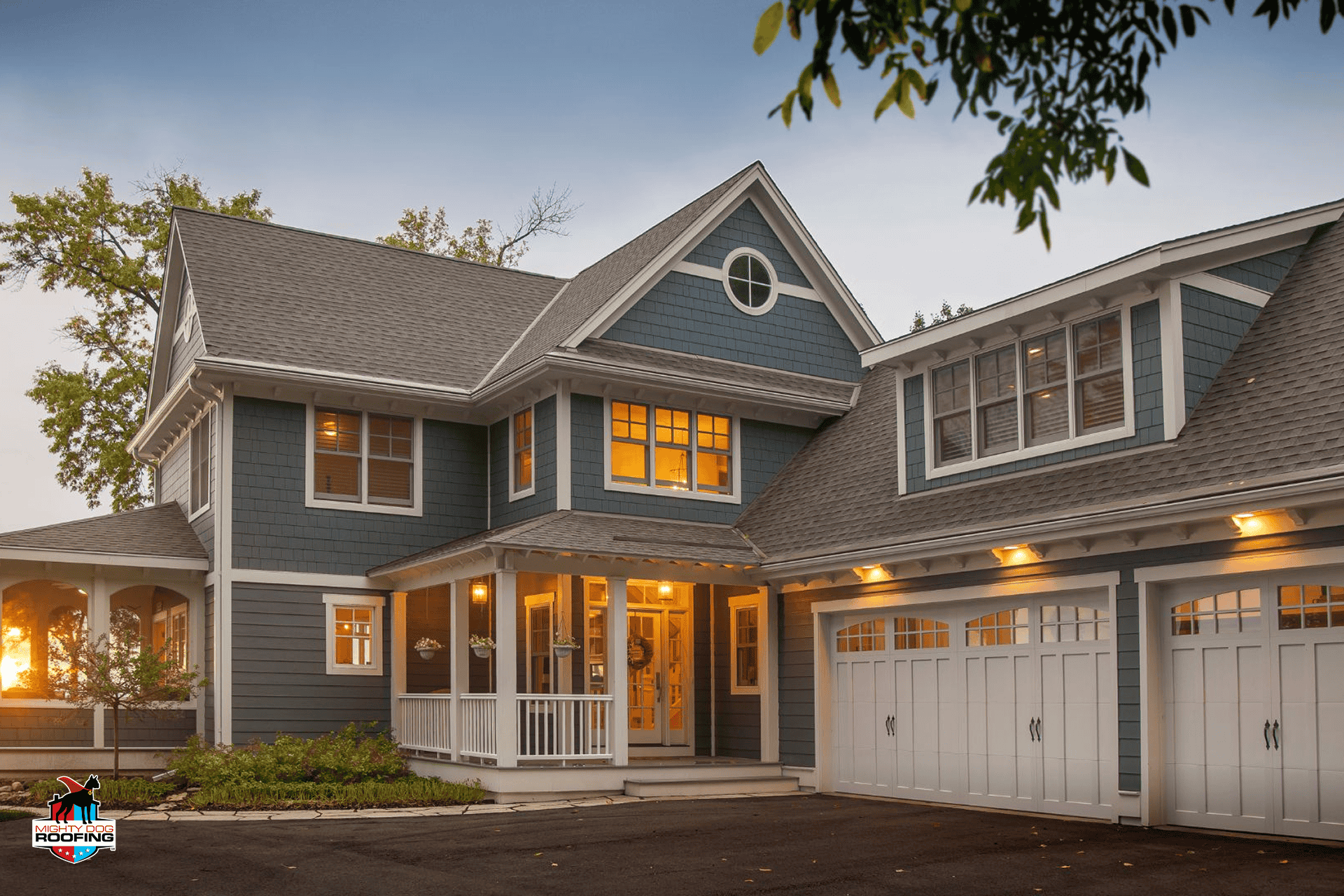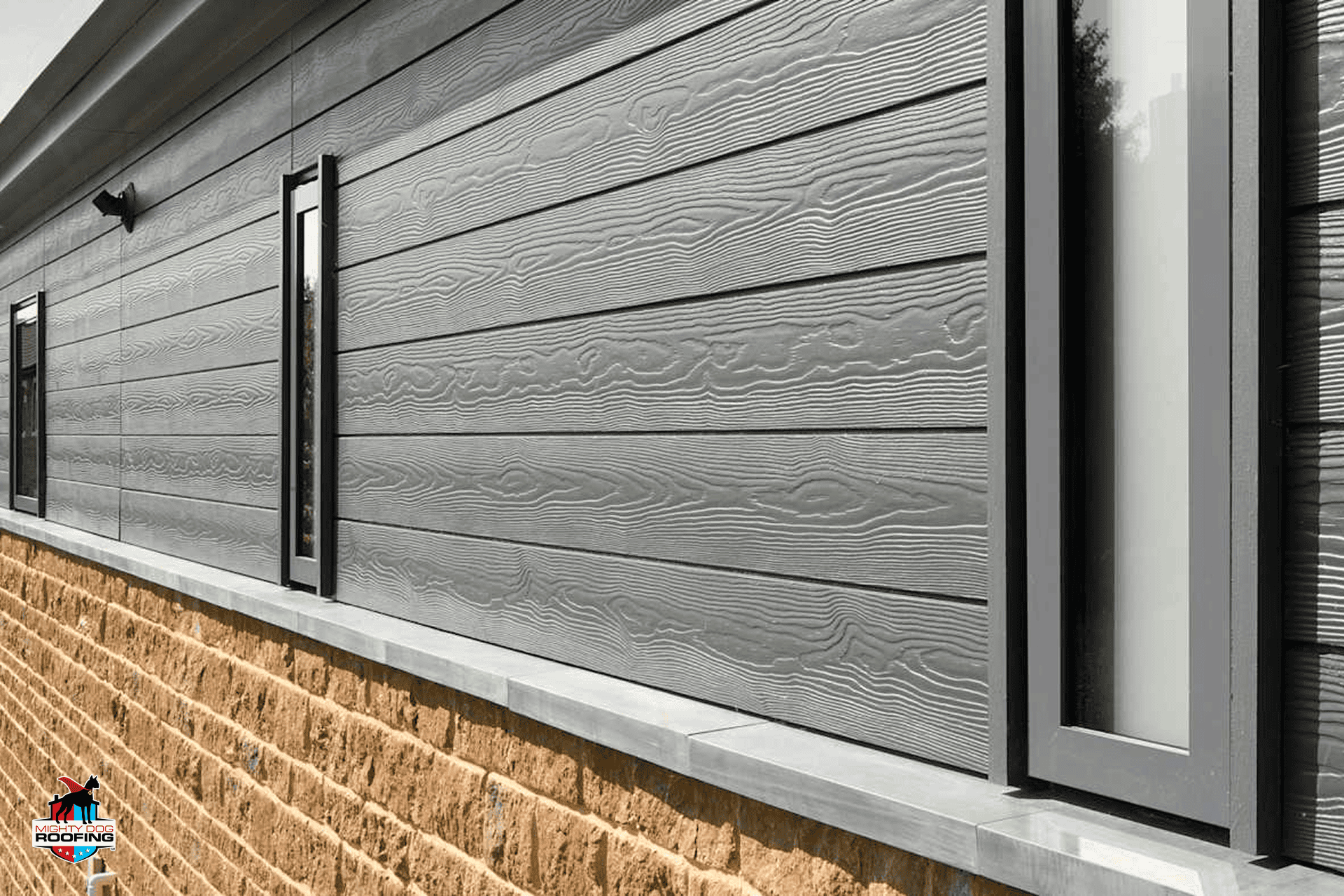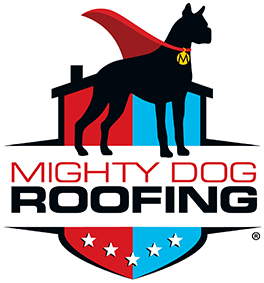Making the right choice between fiber cement siding and vinyl is a crucial decision that impacts your home's durability, appearance, and long-term value, especially in the varied climate of South Jersey. When you compare siding materials, these two popular options offer distinct advantages in terms of strength, maintenance requirements, and cost considerations, with fiber cement providing premium durability and vinyl offering budget-friendly versatility. The experts at Mighty Dog Roofing can help you find the best siding material for your home project. This comprehensive comparison will help you understand the key differences, performance characteristics, and financial implications of each material to make an informed decision for your home improvement project.
Understanding Siding Material Fundamentals
While exploring affordable siding options, homeowners in South Jersey often find themselves comparing two industry leaders: fiber cement and vinyl siding. Fiber cement emerged as a revolutionary building material in the 1980s, combining Portland cement, sand, and cellulose fibers to create exceptionally durable panels that resist rot, fire, and impact damage. If you're looking to buy fiber cement siding, you'll find it offers superior durability compared to traditional materials. Vinyl cladding, introduced in the 1950s as a cost-effective alternative to aluminum, quickly gained popularity among homeowners seeking low-maintenance exterior solutions. Its PVC composition delivers remarkable versatility at a price point that makes professional siding comparison more competitive.
The evolution of these materials through technological innovation has significantly enhanced their performance capabilities. Modern fiber Cement Siding incorporates advanced fiber reinforcement technologies and improved curing processes, resulting in products that better resist moisture and maintain structural integrity in extreme weather conditions. The experienced team at Mighty Dog Roofing can confirm that contemporary vinyl siding features sophisticated UV-resistant compounds, improved impact modifiers, and insulated backing options that boost energy efficiency. These advancements have transformed both materials into highly capable contenders for durable home siding options.

Material Composition and Manufacturing
When you explore vinyl vs. fiber cement pricing, understanding their composition reveals significant differences in durability and performance. Fiber cement siding combines mineral-based materials with reinforcing fibers in a sophisticated manufacturing process that yields exceptional strength and resilience. In contrast, vinyl cladding utilizes synthetic polymers processed through extrusion, resulting in lightweight, uniform panels that offer consistent quality at a lower price point.
Key Manufacturing Process Steps:
- Manufacturers combine Portland cement, silica sand, and cellulose fibers with additives to create the fiber cement base mixture.
- Vinyl production begins by blending PVC resin with impact modifiers, UV stabilizers, and color pigments.
- The fiber cement mixture is compressed under high pressure into sheets of precise thickness.
- Vinyl material is extruded through heated dies to create panels with specific profiles and textures.
- Fiber cement sheets undergo autoclave curing to develop full strength and moisture resistance.
- Vinyl panels are cooled, cut to size, and checked for quality control.
The distinct manufacturing approaches of these materials directly influence their cost structure and performance characteristics. Professional contractors like Mighty Dog Roofing can provide detailed estimates showing how fiber cement's complex manufacturing process contributes to its higher initial cost, while vinyl siding remains one of the more affordable cladding options. However, the investment in fiber cement's robust manufacturing process often translates to superior longevity and weather resistance.
Aesthetic and Design Versatility
When you schedule siding consultation appointments with South Jersey contractors like Mighty Dog Roofing, you'll discover that fiber cement siding offers remarkable design flexibility. This premium material authentically replicates various textures, from sophisticated wood grain patterns to sleek modern finishes, while accepting paint exceptionally well. The ability to repaint fiber cement cladding opens up unlimited color possibilities, allowing homeowners to refresh their home's appearance whenever desired without compromising the material's durability.
Vinyl cladding presents an extensive selection of pre-finished colors and textures, making it an attractive choice among affordable siding options. Modern manufacturing techniques have significantly improved vinyl's aesthetic appeal, with premium lines featuring deeply embossed wood-grain patterns and advanced color-through technology that maintains appearance even after years of exposure. While vinyl can't be painted effectively, manufacturers offer an extensive palette of fade-resistant colors that complement various architectural styles.
Design Options Comparison Table:
Design Feature | Fiber Cement | Vinyl |
Available Textures | Wood grain, smooth, stucco, brick | Wood grain, smooth, scalloped |
Color Options | Paintable + 50+ factory colors | 100+ factory colors |
Panel Styles | Lap, vertical, shakes, board-and-batten | Lap, vertical, shakes, Dutch lap |
Custom Designs | Yes, can be cut and modified | Limited to factory options |
Historic Replication | Excellent | Moderate |
Both materials offer robust design possibilities for your exterior renovation project. Contact local professionals to get siding installation quote for your preferred style.
Durability and Performance Comparison
Professional exterior comparison reveals that fiber cement siding demonstrates exceptional resilience across multiple performance metrics. The cost of fiber cement siding is often justified by its ability to withstand severe weather conditions, including hurricane-force winds and hailstorms, while maintaining its structural integrity. Its non-combustible composition provides superior fire resistance, earning it a Class 1(A) fire rating. Additionally, fiber cement resists damage from woodpeckers, termites, and other pests that typically plague traditional siding materials, making it particularly valuable for homes in wooded areas or regions with high insect activity, as commonly found throughout South Jersey.
Vinyl cladding, while more susceptible to extreme conditions, offers reliable performance when properly installed. Modern vinyl formulations include enhanced UV protection that prevents fading and warping, even in intense sunlight. When you calculate siding replacement cost, consider that while vinyl may require replacement sooner than fiber cement, its resistance to moisture and rot remains impressive. The material doesn't peel, blister, or require repainting, though it can crack under significant impact in cold weather. Both materials perform exceptionally well in terms of moisture resistance, with proper installation being crucial for optimal performance in any climate.

Cost Analysis and Financial Considerations
Before you book siding material assessment services, it's essential to consider both immediate expenses and long-term financial implications. Fiber cement siding typically requires a higher upfront investment, with average costs ranging from $10-15 per square foot installed, while the vinyl siding replacement cost offers a more budget-friendly entry point at $5-8 per square foot installed. These base prices reflect material costs, but several other factors influence your total investment.
Key Cost Factors to Consider:
- Installation labor costs vary significantly, with fiber cement requiring specialized tools and expertise.
- Removal and disposal of existing siding adds $1-3 per square foot to your project total.
- Additional materials like underlayment, trim, and fasteners contribute $2-4 per square foot.
- Maintenance costs for fiber cement include periodic repainting every 15-20 years.
- Energy efficiency improvements can offset initial costs through reduced utility bills.
- Insurance premiums may decrease due to fiber cement's superior fire resistance.
When exploring siding options, remember that long-term value often justifies higher initial costs. While vinyl siding presents an attractive option for affordable cladding options, fiber cement's durability and lower maintenance requirements typically result in better lifetime cost efficiency. For a detailed analysis of these factors in the context of your specific property and climate conditions, consider reaching out to Mighty Dog Roofing for a professional consultation.
Maintenance and Longevity
Understanding maintenance requirements becomes crucial for long-term planning. Fiber cement siding demands minimal upkeep, typically requiring cleaning with a garden hose and soft brush once annually to remove dirt and debris. While the material may need repainting every 15-20 years depending on your climate and color choice, its structural integrity remains intact even when the finish begins to age. The factory-applied finish resists fading and peeling, and the material's resistance to rot, insect damage, and moisture significantly reduces the need for repairs or replacement.
Vinyl siding offers an even more hands-off maintenance approach, though it benefits from annual cleaning to prevent mold and mildew accumulation in shaded areas. Unlike fiber cement, vinyl cannot be painted when you want to refresh your home's appearance, but its color permeates the material, helping to mask minor scratches and wear. Professionals will likely emphasize vinyl's 20-30 year lifespan compared to fiber cement's 50+ years of durability. However, both materials maintain their protective qualities effectively when properly installed, with fiber cement's robustness particularly valuable in regions experiencing extreme weather conditions.
Make an Informed Choice for Your Home
Ready to transform your home's exterior? Our expert team at Mighty Dog Roofing in South Jersey is here to help you make the best decision for your property and budget. Schedule a free consultation today to explore both fiber cement and vinyl cladding options. Our experienced professionals will assess your home's specific requirements, provide detailed cost comparisons, and help you discover the perfect material for your needs. Don't wait to protect and beautify your home – contact us now to get started. Let's work together to enhance your home's value, protection, and curb appeal with the ideal exterior solution.


